A New Ocean is Forming in the Middle of Africa
Here is some exciting news—Africa’s about to split into two, and a new ocean will form in the middle! Scientists have been aware that the plates have been pulling apart but new oceans forming is not something most of us would have predicted.
Thinking about a whole new ocean being created is still mind-blowing. Still, the process is happening at a snail’s pace, so don’t get too excited. Here’s what we know about this new ocean.
Africa's New Ocean
It is true that the African tectonic plate is starting to shift and that volcanic activities may start in the region. In turn, this new development may cause water from the Atlantic Ocean to flow inland through the southern edge of the continent, or through the Ethiopian horn of Africa.
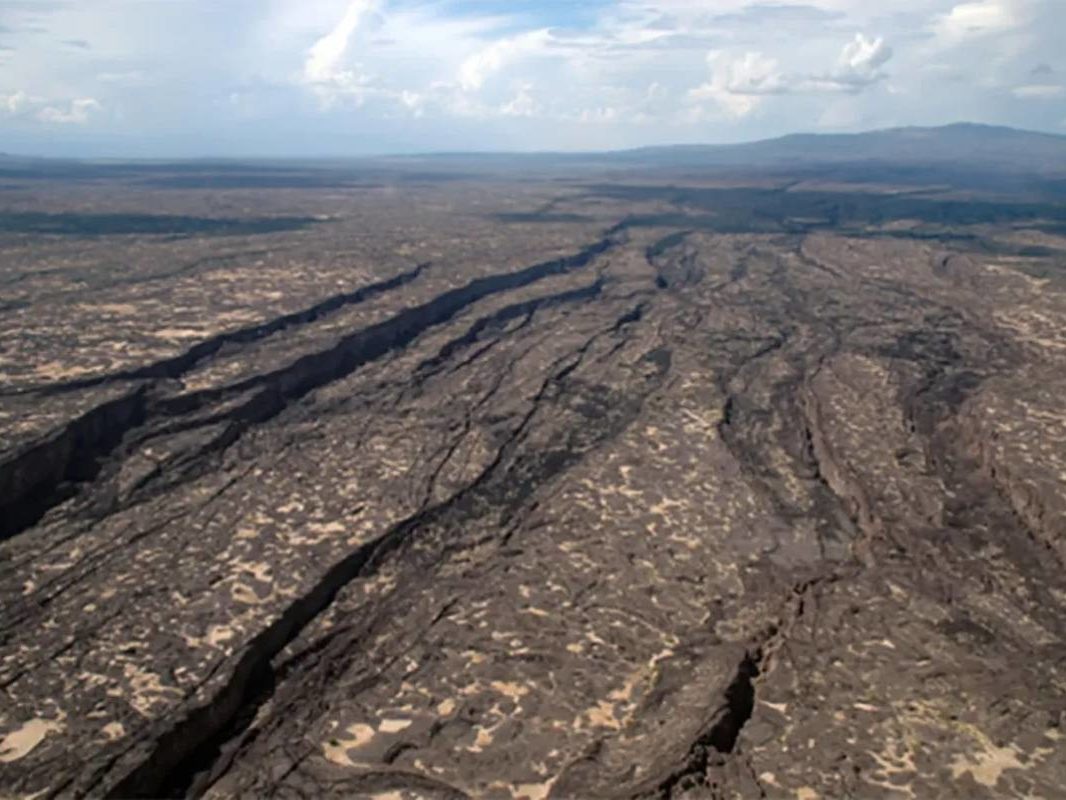
However, it may take several years before this fully materializes. It is often in the habit of nature to take her time when creating something new.
The Division Started Here
The continental rift resulting in Africa splitting into two will occur along the East African Rift Valley, the main branch of the East African Rift System.
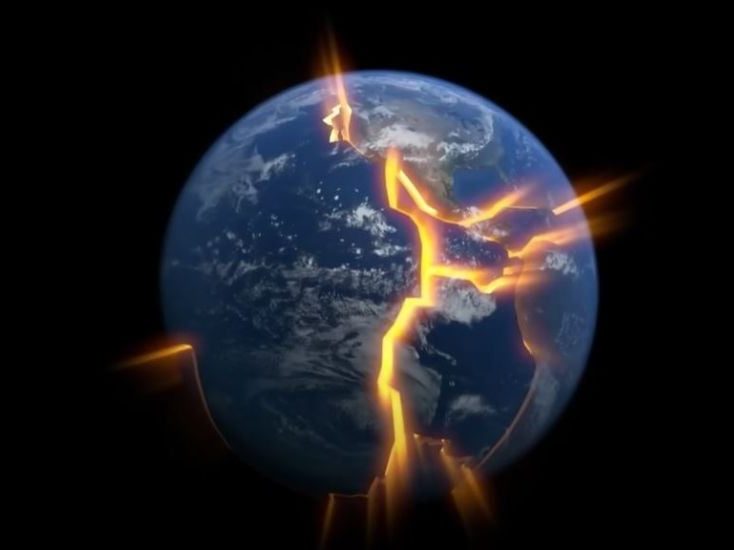
Source: The New Africa Channel / Youtube
A rift valley is a lowland region that forms when Earth’s tectonic plates move apart, resulting in a gap. This process can occur both on land and at the bottom of the ocean, making rift valleys a geological feature found in both places.
Rifting is a Common Occurrence in the Area
As the African Plate drifts apart, the formation of a new ocean will occur in the rift valley over millions of years. But, rifting is not an uncommon occurrence on its own. However, over time, this can have major repercussions on the landscape.
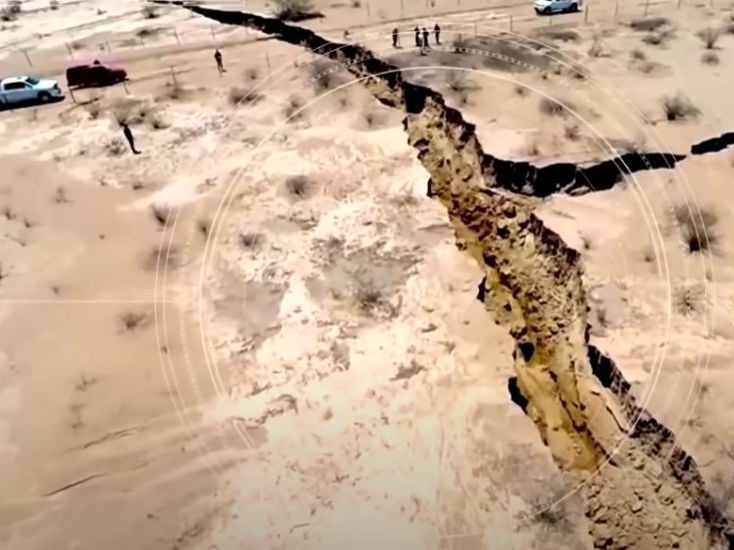
Source: The New Africa Channel / Youtube
Researchers from Syracuse University confirmed that rifting has slowly happened in the central basin of Lake Malawi, the southernmost lake in the East African Rift System, over the past 1.3 million years in a study published in 2016 in the Journal of Structural Geology.
All About the Plates of the Earth
Tectonic plates are like huge puzzle pieces that make up the Earth’s crust and upper mantle. They’re composed of oceanic and continental crust, and when they shift around, earthquakes can happen.
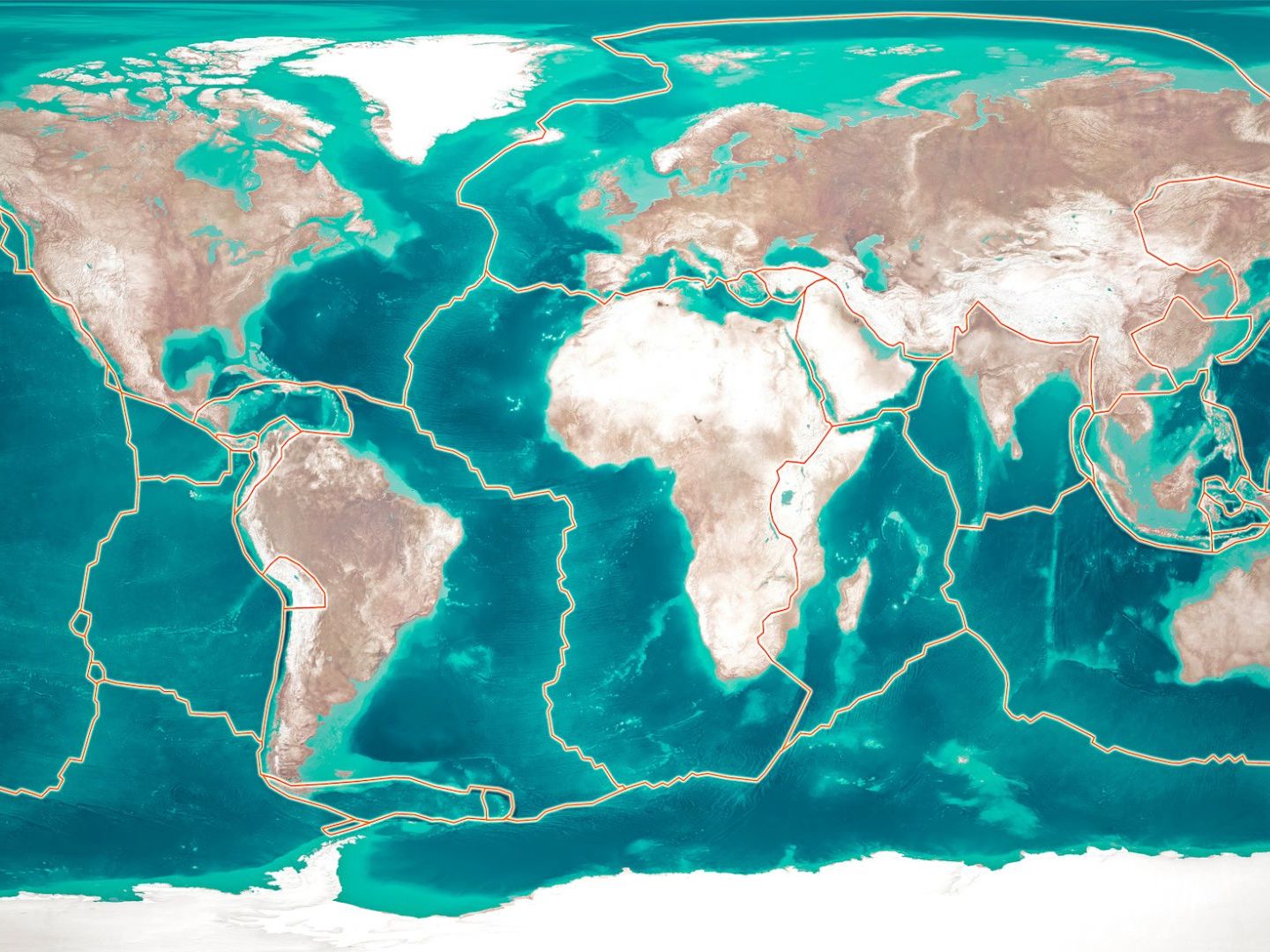
It’s incredible to think that the tectonic plates are constantly moving, shaping, and shifting our planet’s landscape. Some scientists believe that our planet’s shifting plates, which can help regulate its temperature over billions of years, are essential to life.
How Many Tectonic Plates Are There?
Tectonic plates come in all sizes, from the big guys to the little ones. When it comes to the major players, there are seven that stand out, and one of them is the African plate. These plates are constantly on the move. Some plates shift toward each other, some drift away, and some grind past each other.
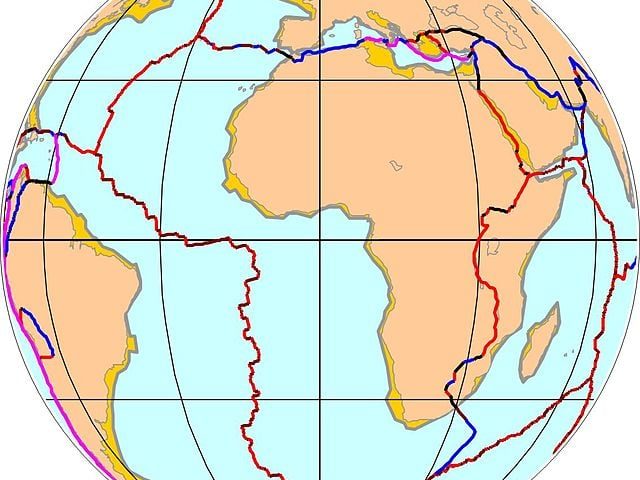
The borders between two plates are called tectonic plate boundaries, and they come in three main types based on how the land mass is moving.
The African Plate
The African Plate is the world’s fourth-largest tectonic plate border. The crustal components include both continental and oceanic crust. The African main plate, for instance, incorporates the entirety of the African continent and the surrounding oceanic crust of the Atlantic Ocean.
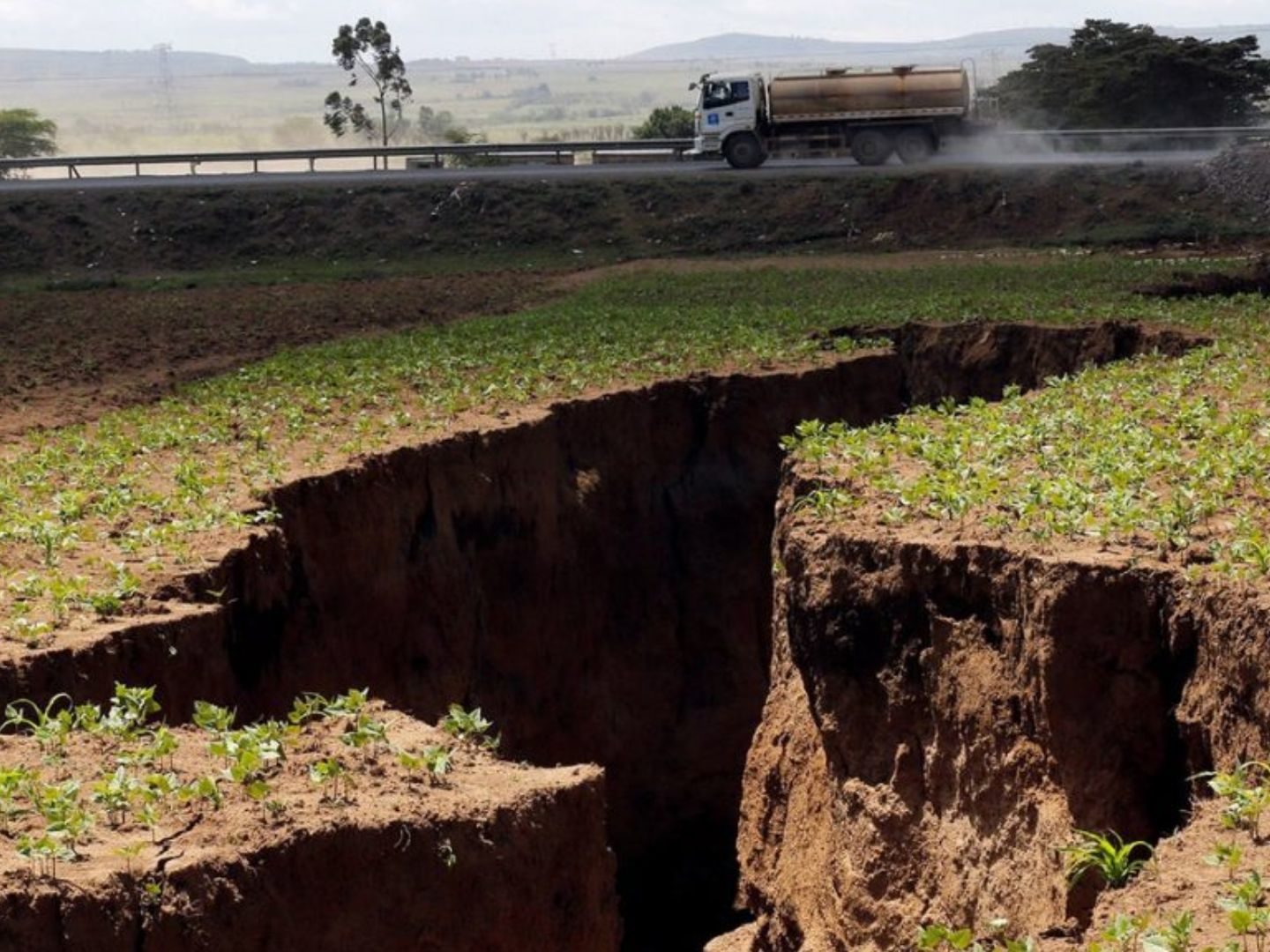
The average annual rate of movement of the African Plate is roughly 2.5 millimeters. Interestingly, the annual growth rate of your fingernails is around that much.
The Nubian Plate
The Nubian plate is one of the smaller tectonic plates, but it’s still an important player in the world of plate tectonics. Located in northeastern Africa, it’s surrounded by larger plates like the African and Arabian plates.
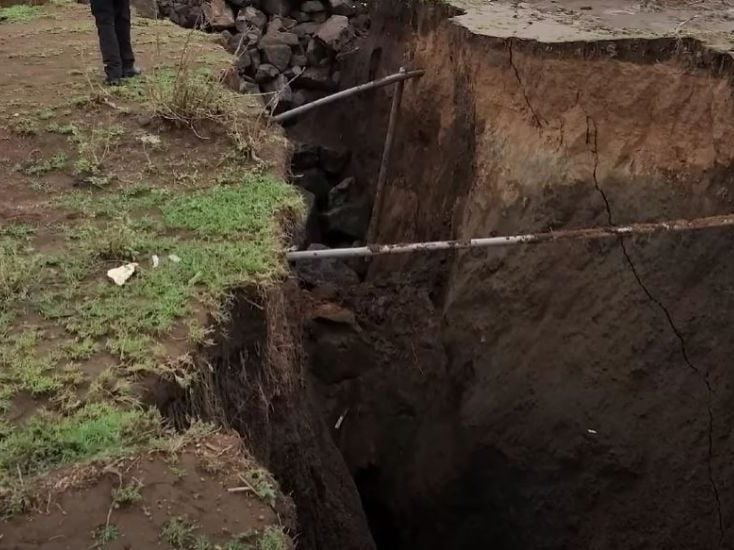
Source: The New Africa Channel / Youtube
Despite its size, the Nubian plate has been responsible for some significant geological events, including the formation of the East African Rift Valley. It’s also one of the few plates not entirely surrounded by water, making it a unique and fascinating area of study for geologists.
The Somali Plate
The Somali plate is another small but significant tectonic plate located in the eastern part of Africa. It’s bordered by the Nubian, African, and Indian plates, and its movement has significantly shaped the region’s geography.
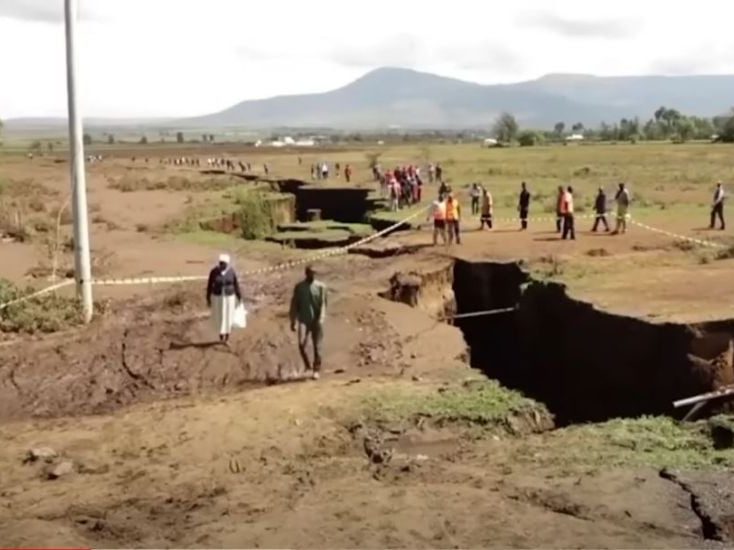
Source: The New Africa Channel / Youtube
One of the most notable features associated with the Somali plate is the East African Rift system, which stretches for thousands of kilometers and is considered one of the most important geological features on the continent.
The Arabian Plate
The Arabian plate is a large tectonic plate that covers much of the Arabian Peninsula and parts of the Middle East. It’s surrounded by other major plates like the African, Eurasian, and Indian plates. Its movement has contributed to the formation of numerous geological features, including the Zagros Mountains and the Red Sea.
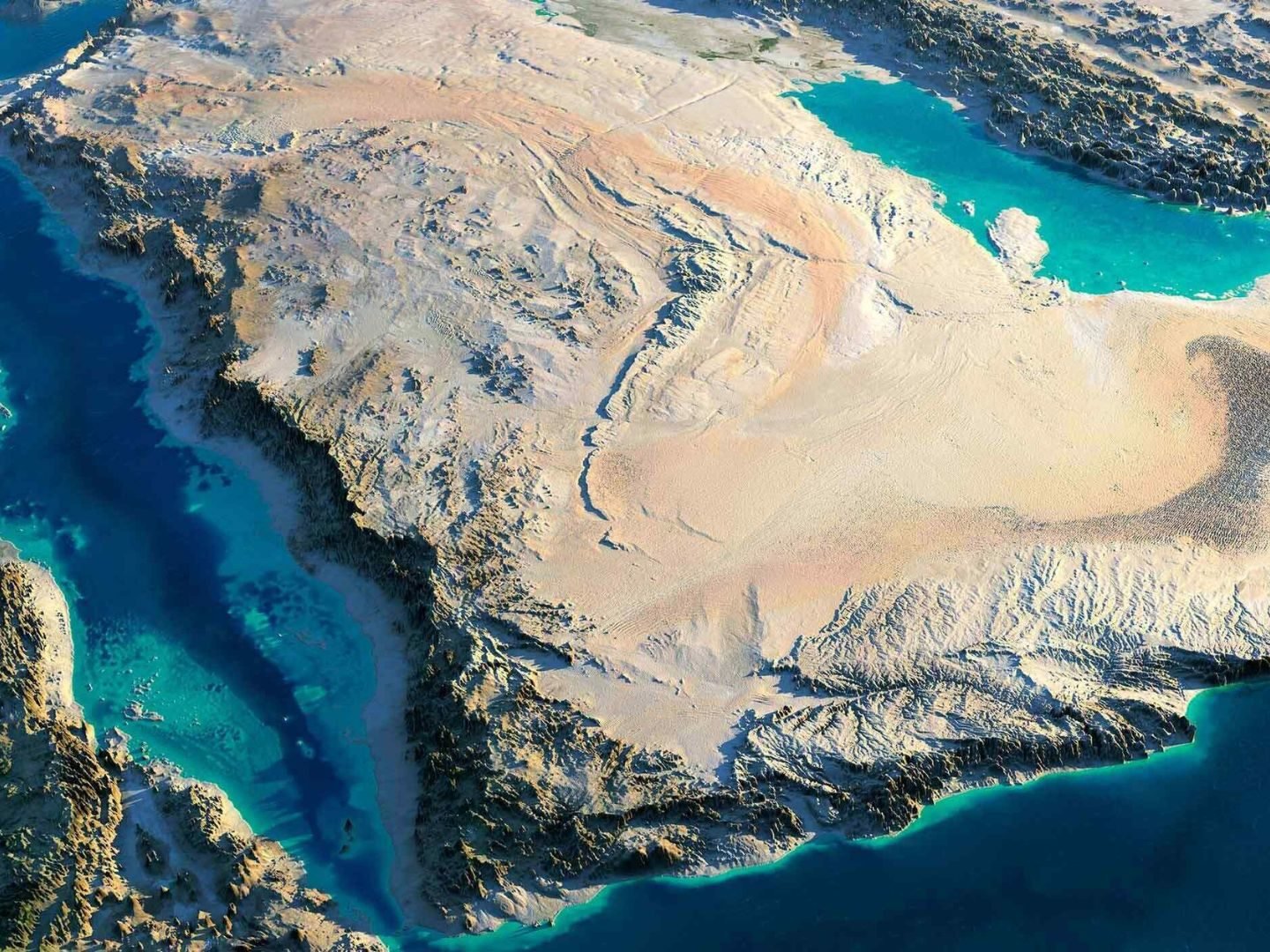
In addition to its geologic significance, the Arabian plate is also an important region for oil and gas production, with many of the world’s largest oil fields located within its boundaries.
The Process of Rifting
Rifting occurs in areas where the tectonic plates are moving apart. This can happen due to a variety of factors, including the presence of magma beneath the Earth’s surface, the pressure created by the movement of the plates themselves, and the effects of gravity.
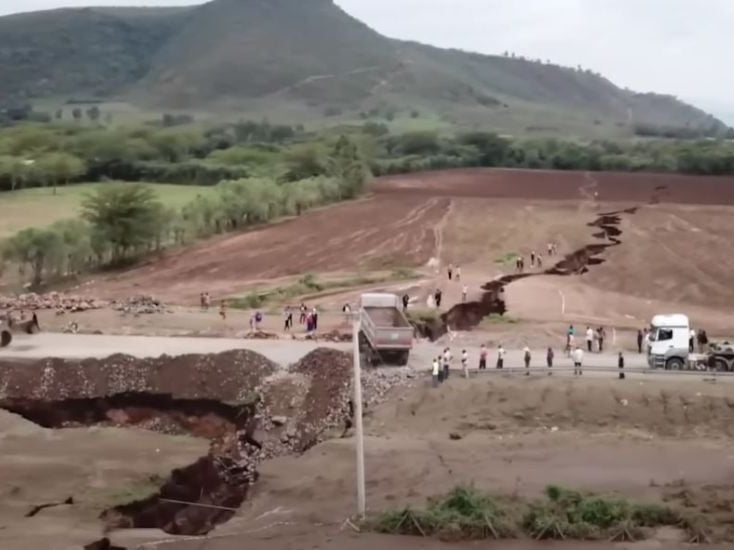
Source: The New Africa Channel / Youtube
As the plates move apart, magma rises to fill the space between them, eventually cooling and solidifying to form a new crust. Over time, this process can create rift valleys, like the East African Rift.
Why We Need To Update Our Maps
A thorough assessment of maps used by explorers from several centuries ago may find them inaccurate in the 21st century. One of the reasons for this is error margins in some of their calculations and lack of precision in the survey equipment.
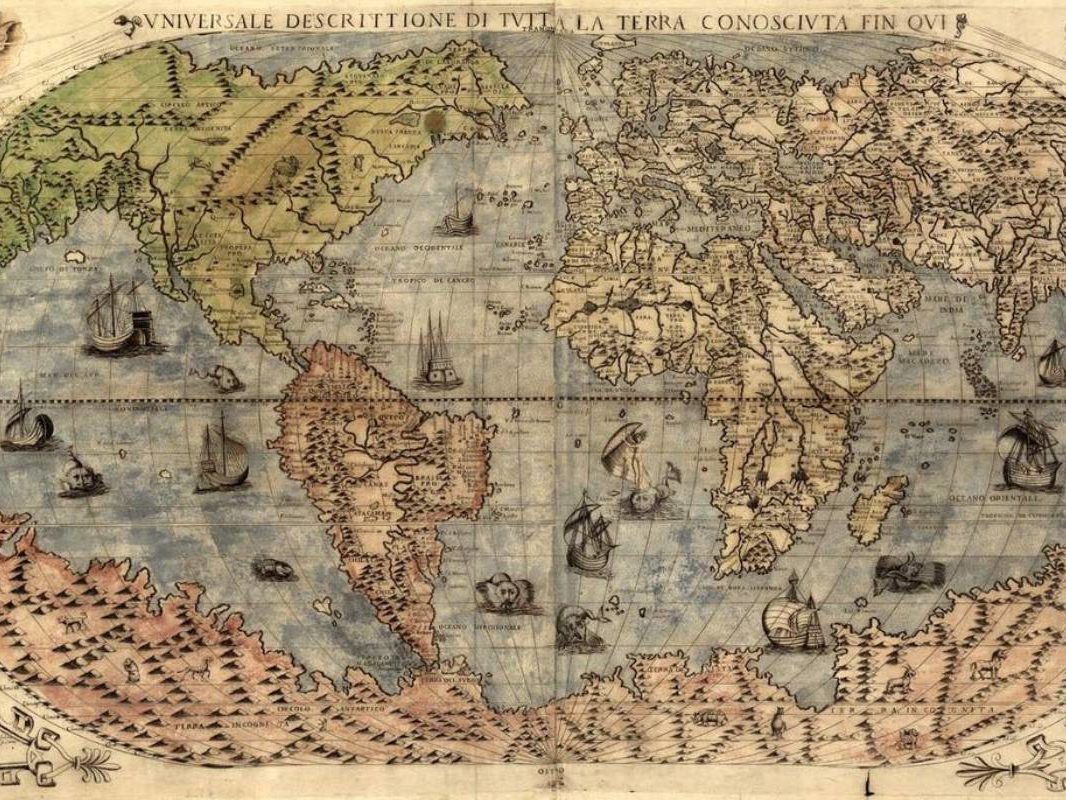
However, shifting of tectonic plates may also be responsible for some of these error margins. The distance between continents changes over time as their tectonic plates shift.
The Geological Activity is Not Something New
The Arabian plate has been sliding away from the African plate for the past 30 million years. As a result of this process, the Red Sea and the Gulf of Aden were formed between the two connected landmasses of Africa and Arabia.

Source: The New Africa Channel / Youtube
The Somali plate in eastern Africa is also moving away from the Nubian plate and is separating from it along the East African Rift Valley, which runs through Ethiopia and Kenya. Both processes are taking place in Eastern Africa.
When Did the Splitting of Africa Begin?
On September 26, 2005, the Dabbahu Volcano, which is situated on the Somali Plate, erupted, leaving a massive rift in the ground. Scientists predicted that after the rift formed, the land in the area, known as the East African Rift, would eventually separate and create a new island that would include eastern Ethiopia and Djibouti, with a brand new sea in between.

Source: The New Africa Channel / Youtube
The Nubian Plate, Somali Plate, and Arabian Plate all underwent tectonic action that led to the formation of the Dabbahu Volcano.
A Continuation of an Event Million Years Ago
According to a study led by Virginia Tech, the ongoing process of plate tectonic separation will eventually lead to the redefinition of the African and Indian Ocean regions.
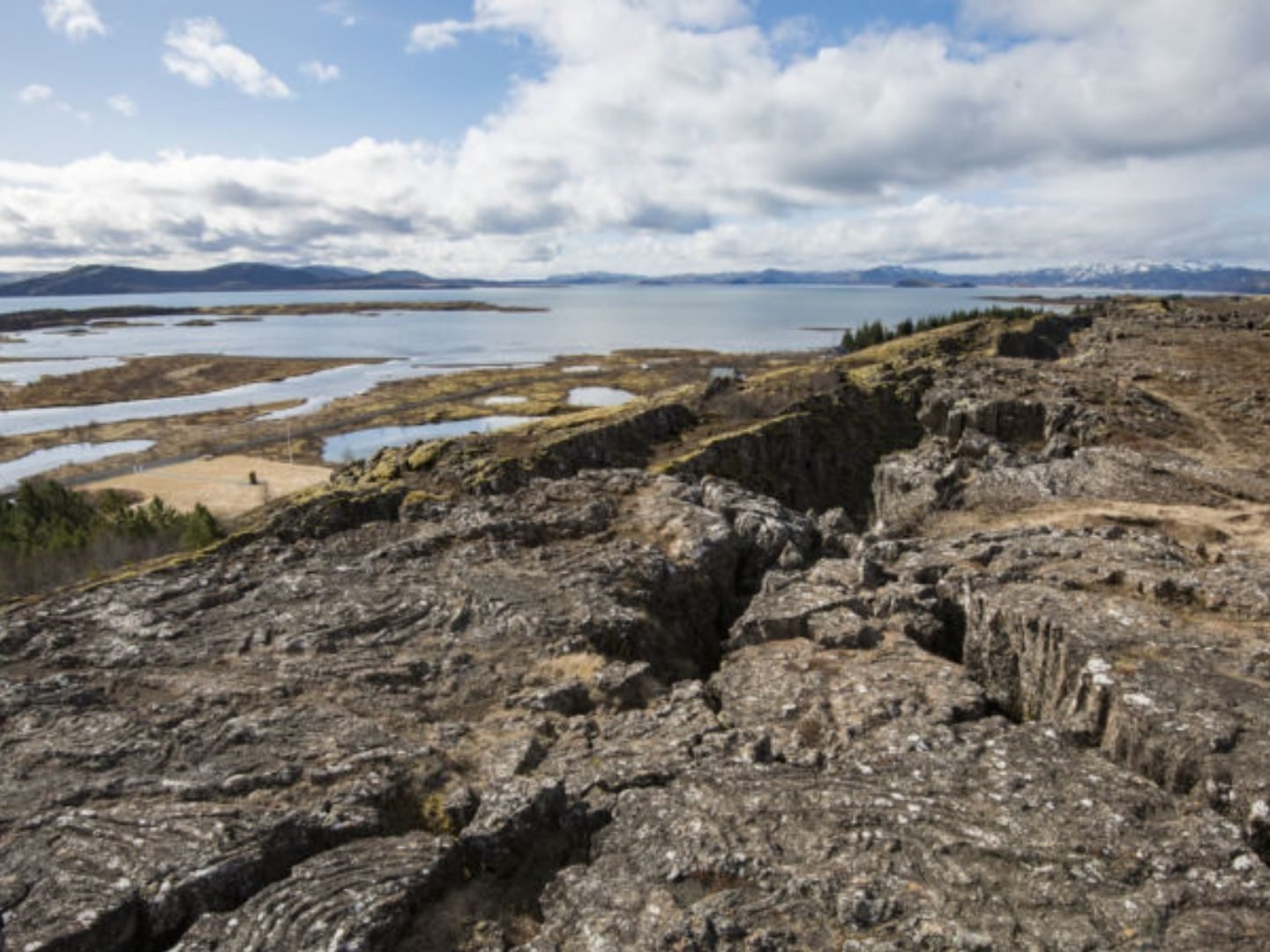
This slow and steady splitting is part of a much larger geological event that began about 200 million years ago when the supercontinent Pangea started to break apart. The study found that the split is broader in scope than previously believed.
Possible Consequences of the Split
Africa bears the brunt of displacement, with a greater number of countries affected than any other region in the world. The United Nations Environment Programme reported that by 2015, over 15 million Africans were internally displaced.
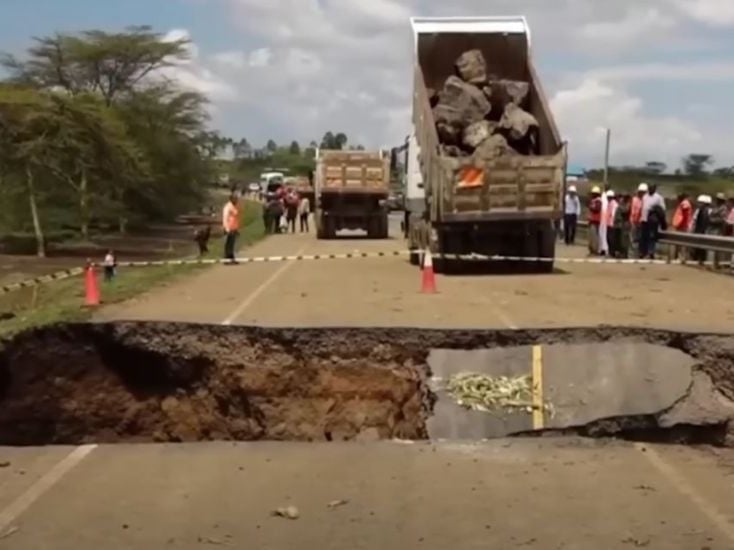
Source: The New Africa Channel / Youtube
As plate tectonic activity continues to reshape the continent, this process will likely lead to further displacement of communities, settlements, and ecosystems, with potentially far-reaching environmental and social consequences.
Changes to Borderlines
It is true that the splitting of the continent is not some reality that is manifesting immediately. But it may lead to some diplomatic crises in the future.
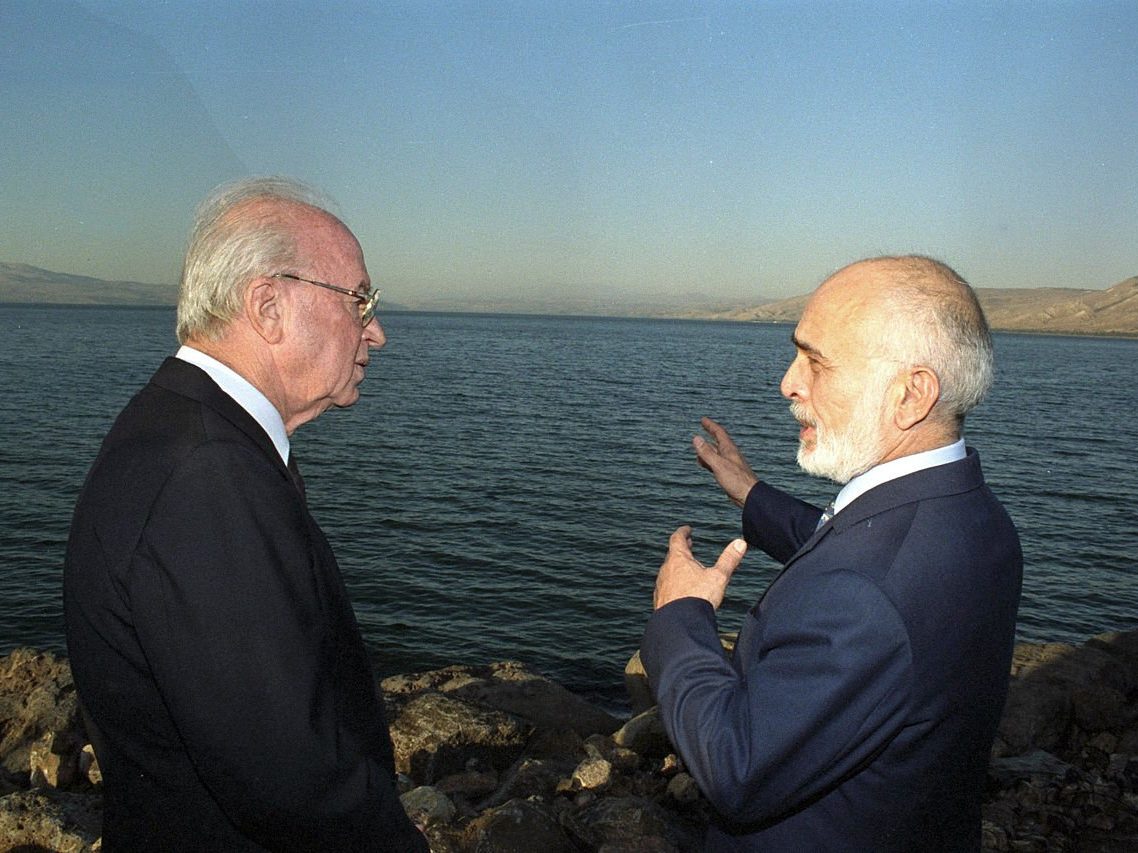
Source: Flickr
New boundary lines would have to be set up by the countries through which the new ocean transverse. However, that may not be necessary if the African continent becomes a Union like the EU—in the future.
There’s an Upside
On the bright side, this breaking of Africa into two will create new coastlines for landlocked countries like Uganda and Zambia. Just imagine, these nations will finally have their own shores to boast about! Plus, new coastlines mean new opportunities for economic growth.
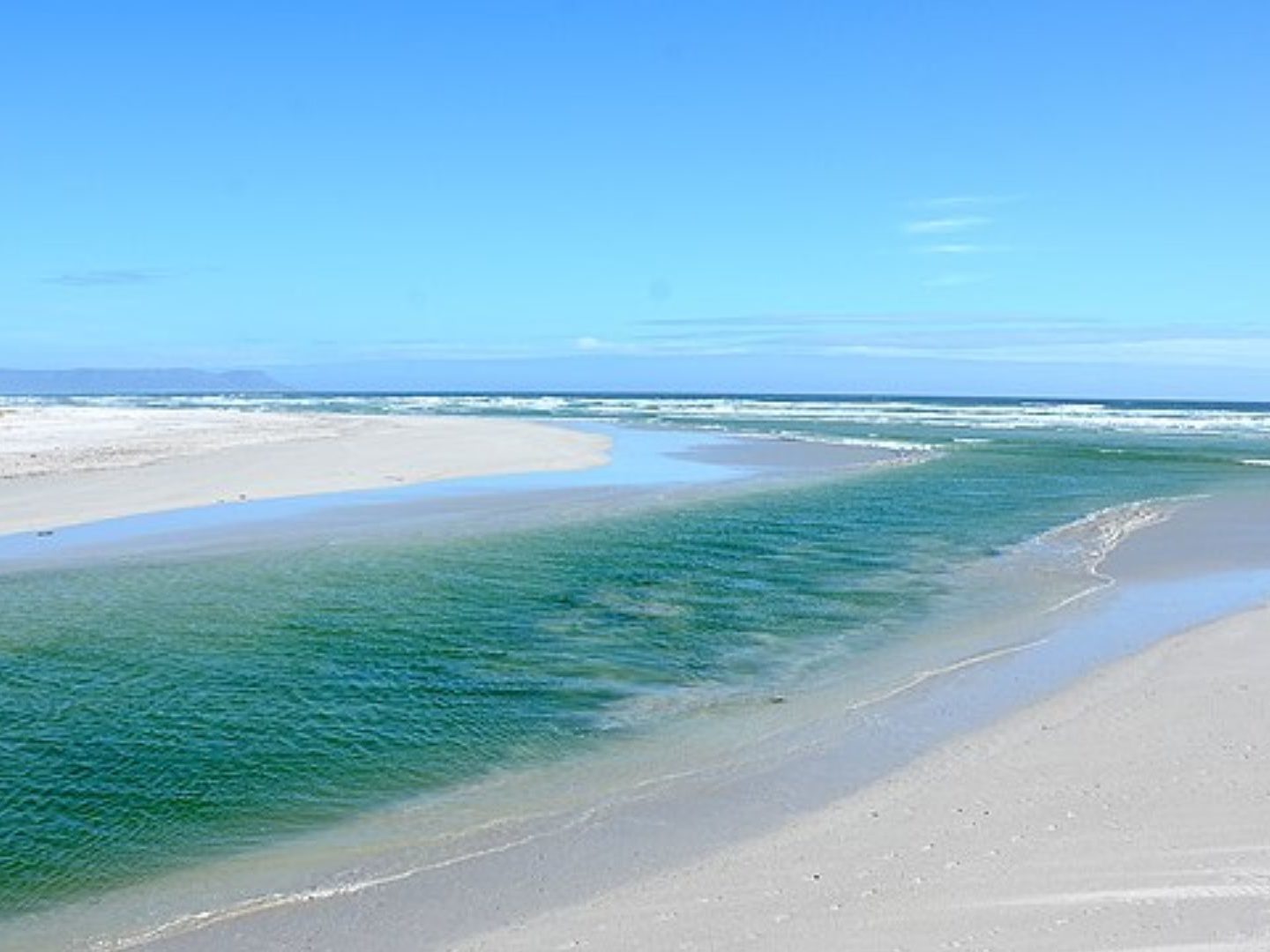
With access to ports for trade, as well as fishing grounds and sub-sea internet infrastructure, these countries’ economic potential is bound to skyrocket. It’s like a geological makeover set to bring a wave of change and prosperity to the continent.
Deserts May Shrink
The landlocked countries of Africa have one of the harshest deserts on earth, with temperatures sometimes peaking at 58 °C. Desert encroachment has been an issue that Africa has been trying to check in places like the Sahara and Namib.
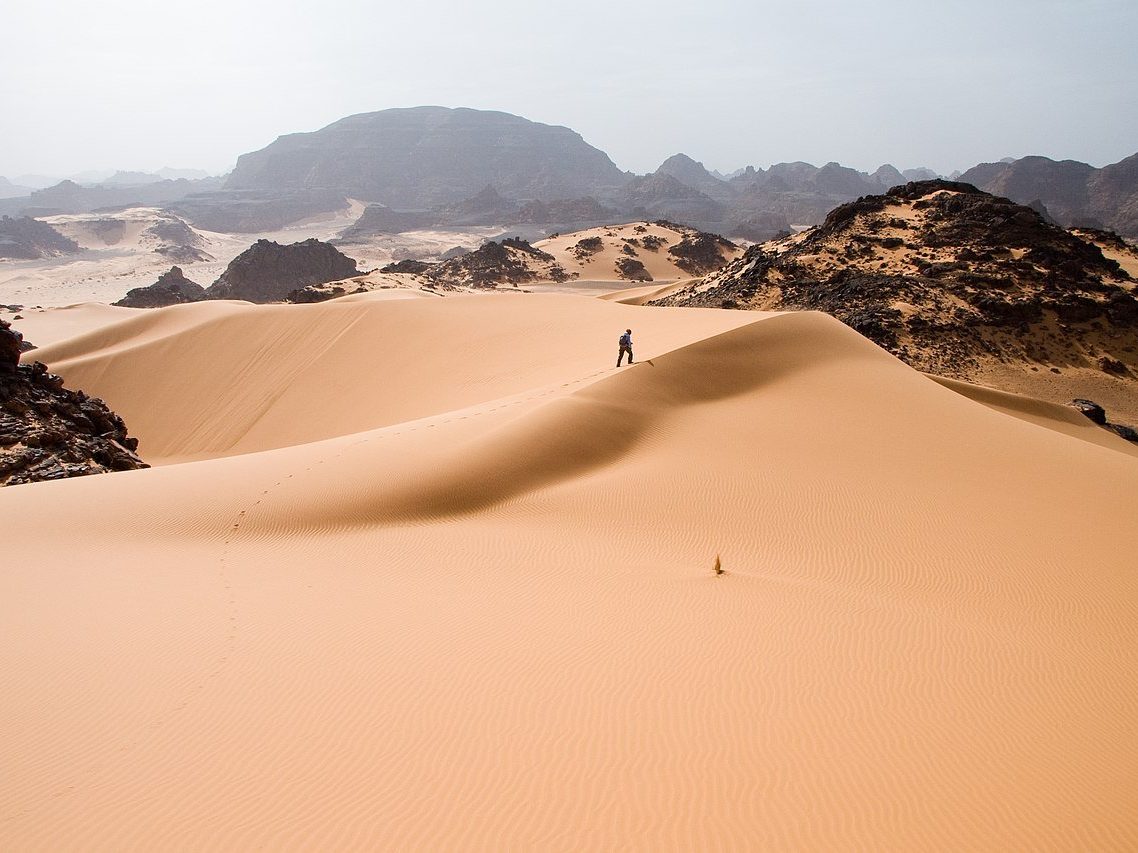
Source: Wikimedia Commons
So, while it is true that the new Sea will not be flowing directly through the deserts of Africa, it might ease the problem of desert encroachment.
Yet Another Trade Route
Remember what the Panama Canals did to trade in that region, and it took many years and resources to construct. Africa is getting its own new trade route on a platter of gold.
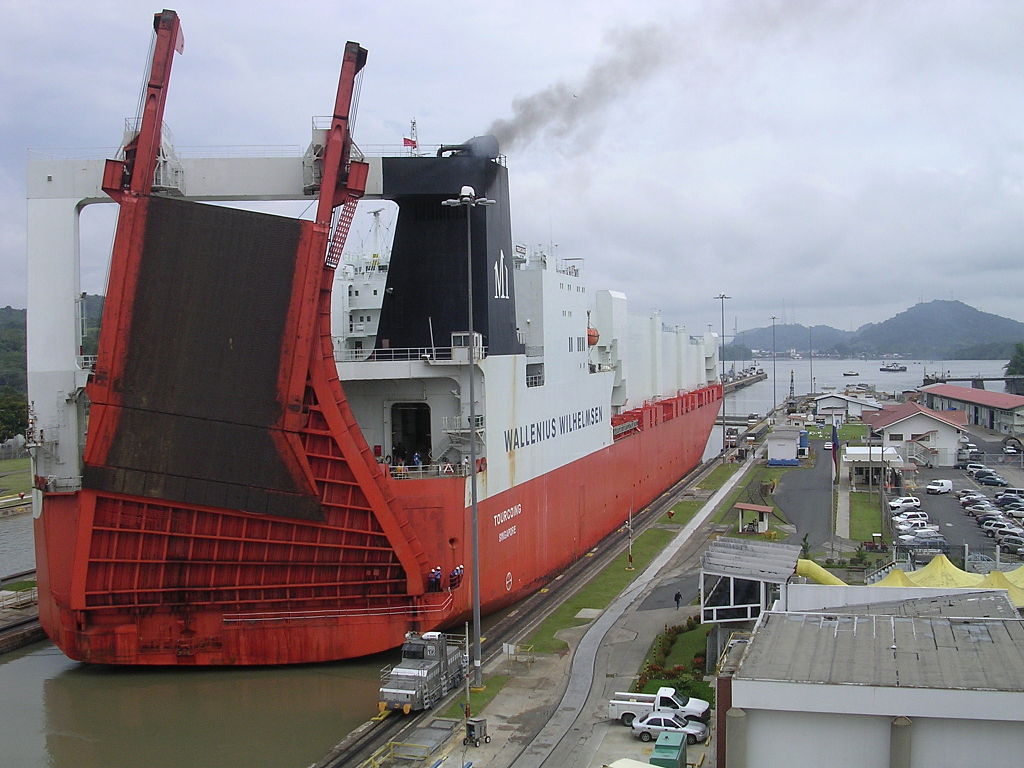
Source: Wikimedia Commons
However, it all depends on how well the concerned nations liaise to take advantage of the new development. Even if the rift is not wide enough to accommodate commercial vessels, it could be dredged to accommodate them.
